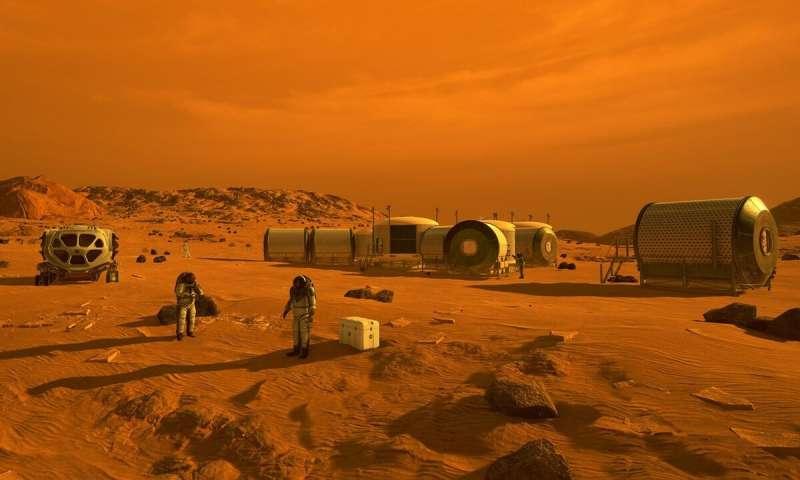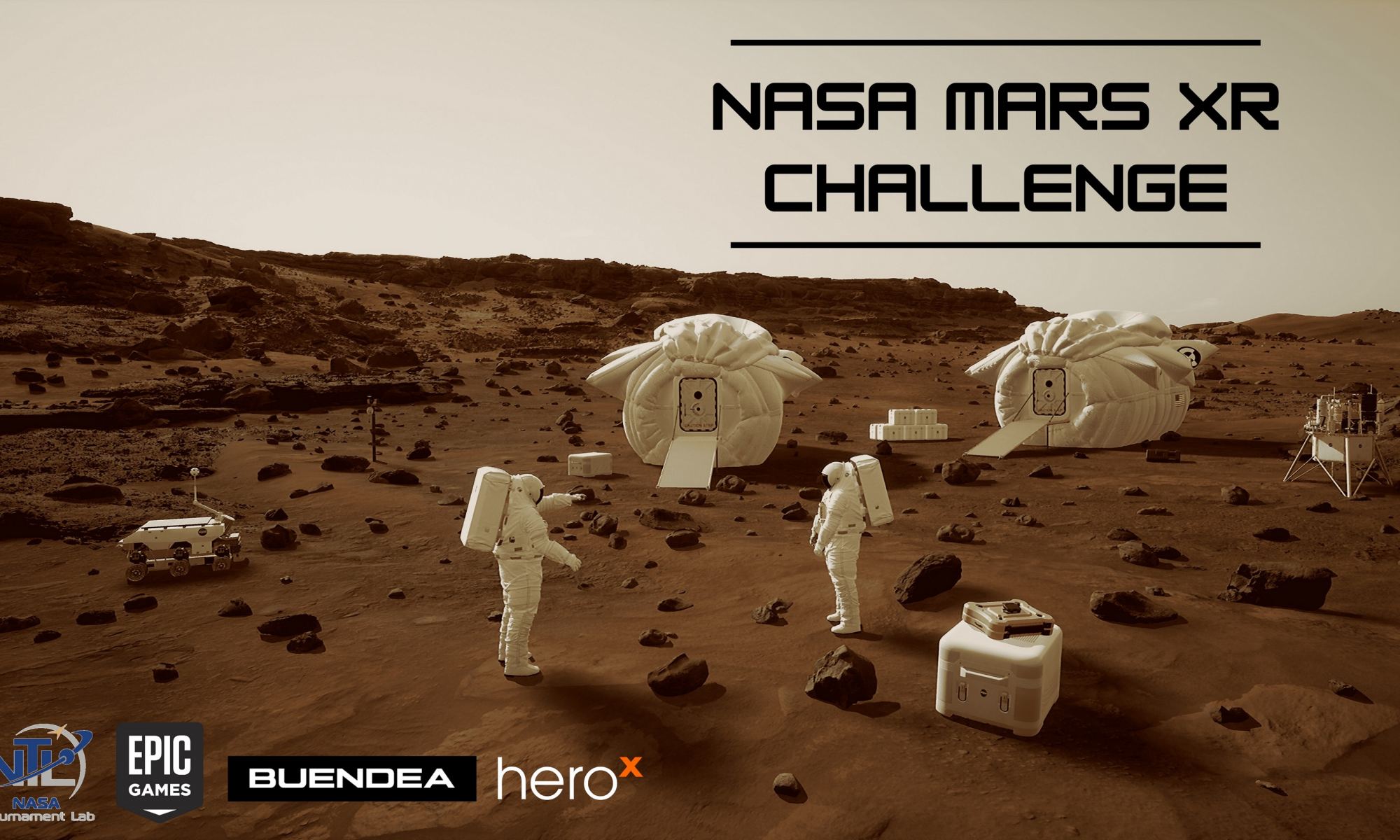In the coming decade, NASA plans to conduct the first crewed missions to Mars. Whereas robotic missions have provided images of the Martian surface for decades, this will be the first time human beings experience the Red Planet directly. In anticipation of these missions, NASA and its commercial partners (Epic Games and Buendea) have come together with HeroX – the leading platform for crowdsourced solutions – to launch the NASA MarsXR Challenge.
The Challenge is looking for innovative ideas that will lead to a simulated environment that recreates what astronauts may encounter on Mars. The technology involved is known as Extended Reality (XR), an umbrella term that describes immersive technologies such as virtual reality (VR), augmented reality (AR), haptics, and other immersive technologies that merge the physical and virtual worlds.

To facilitate the research, development, and testing of this experience, NASA has partnered with XR developer Buendea to develop the Mars XR Operations Support System using Epic Games’ Unreal Engine 5 (the world’s most advanced real-time 3D creation tool). In the past, Buendea has collaborated with the NASA Advanced Operations Concept Lab (AOCL) to create XR Operations Support System (XOSS), a real-time simulation designed to train astronauts.
This simulation was part of a series of analog missions known as Crew Health and Performance Exploration Analog (CHAPEA), a year-long exercise at NASA’s Johnson Space Center where astronauts will conduct mission scenarios as they would on the Moon and Mars. Other applications include Lunar 24, an XR simulation suite that allows users to interact with simulated lunar physical objects, advanced tracking systems, and various mission-oriented technologies.
As Seb Loze, the Business Director of the Unreal Engine and Simulations at Epic Games, expressed in the official HeroX press release:
“Creators can use Unreal Engine to build realistic simulation scenarios to help prepare NASA for future missions, whether that’s to the moon or to Mars. Whether you’re a game designer, architect, hobbyist or rocket scientist, anyone can build with UE5, and we can’t wait to see the immersive simulations the community comes up with.”

A total of $70,000 in prizes will be awarded to the top 20 participants who submit winning ideas ($3,500 each). Participants will be tasked with developing assets and scenarios that model the different tasks and operations astronauts will need to perform during early missions to Mars. For this XR experience, NASA stresses that it must be able to faithfully simulate conditions on the Martian surface, including:
- Full Martian days, with the orange hues of day transitioning to blue at night
- Changing weather conditions and Martian gravity
- Over 400 km2 (~ 154 Miles2) of realistic, researched Mars terrain
- Some existing assets, such as suits and rovers
The desired result will be immersive and realistic simulations of what surface operations are like on the Red Planet. These scenarios are broken down into five categories, including:
- Setting Up Camp
- Scientific Research
- Maintenance
- Exploration
- Blow Our Minds
Participating teams may make multiple submissions to multiple categories (so long as each one is materially different from the others), and teams are eligible to win more than one award. The information gained from these simulations will help NASA prepare the next generation of astronauts for future crewed exploration of Mars.
“It’s always exciting to see how cutting-edge technology makes what we thought previously impossible possible,” said Kal K. Sahota. “HeroX’s expansive network is sure to find ways to further develop VR technology and better prepare humans for space exploration.”
The prize is open to anyone aged 18 or older participating as an individual or team. Individual competitors and teams may originate from any country, as long as United States federal sanctions do not prohibit participation (some restrictions apply). For more information on this challenge or to enroll, visit the NASA MarsXR Challenge page.
Further Reading: HeroX

